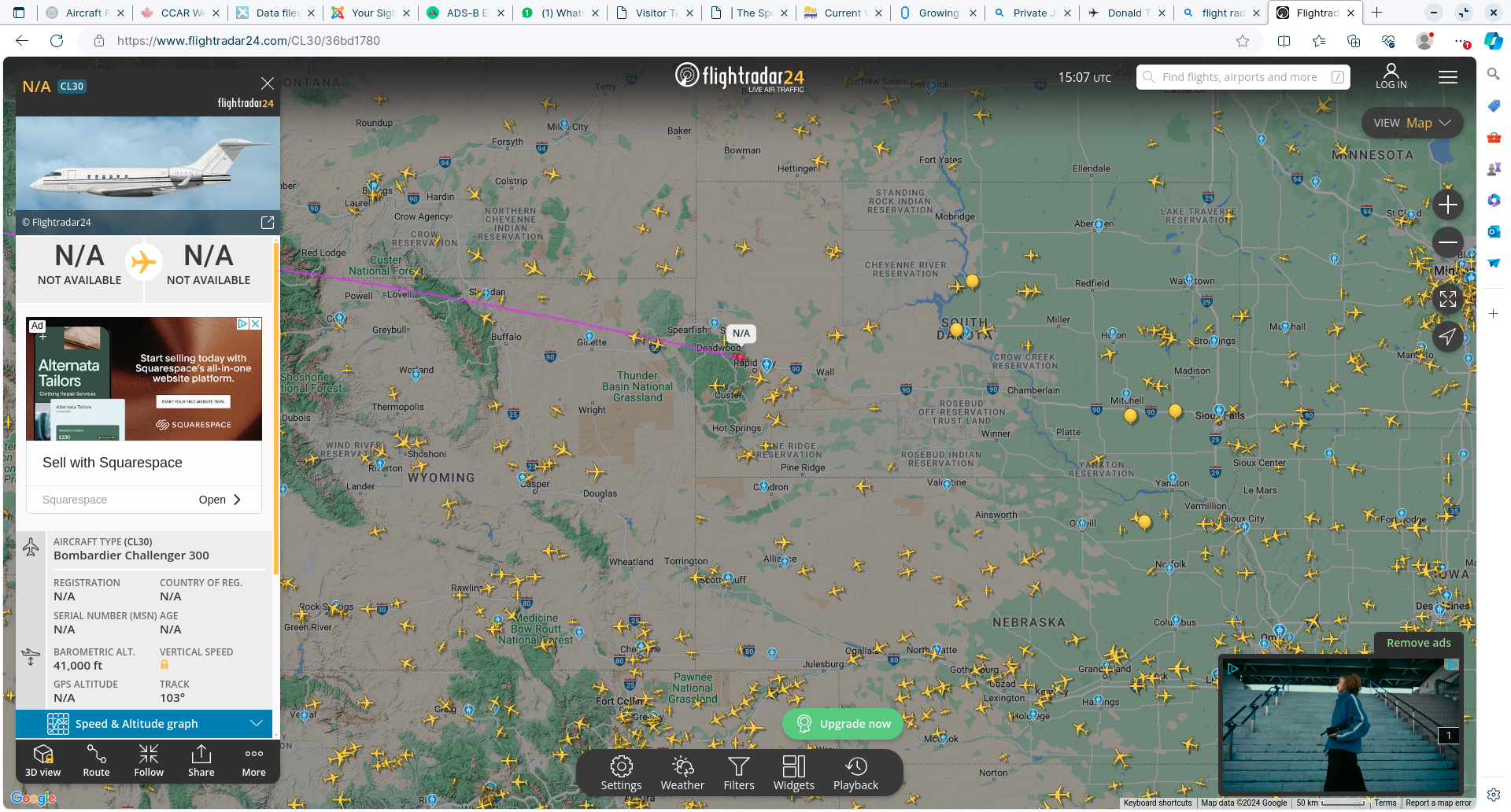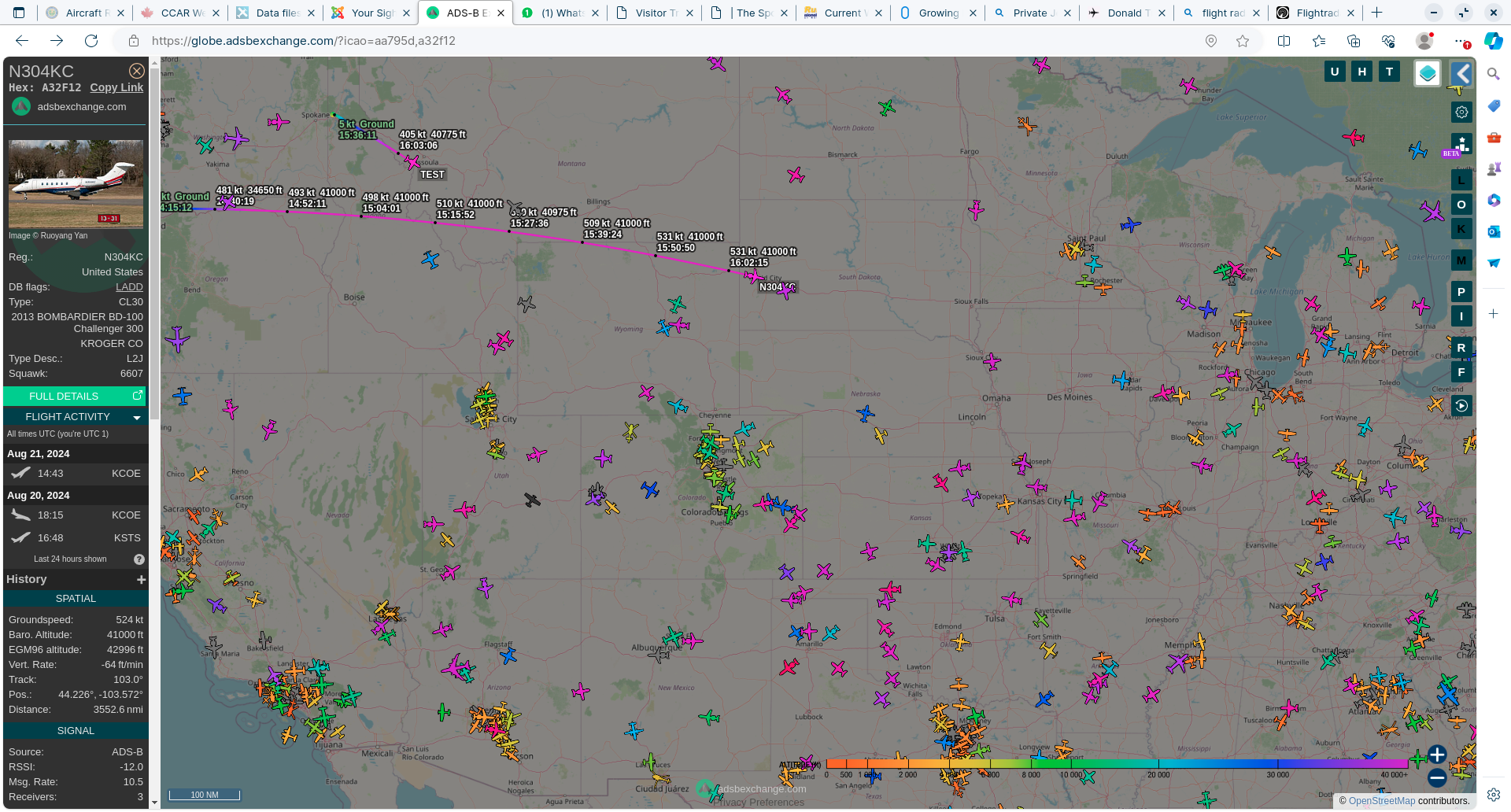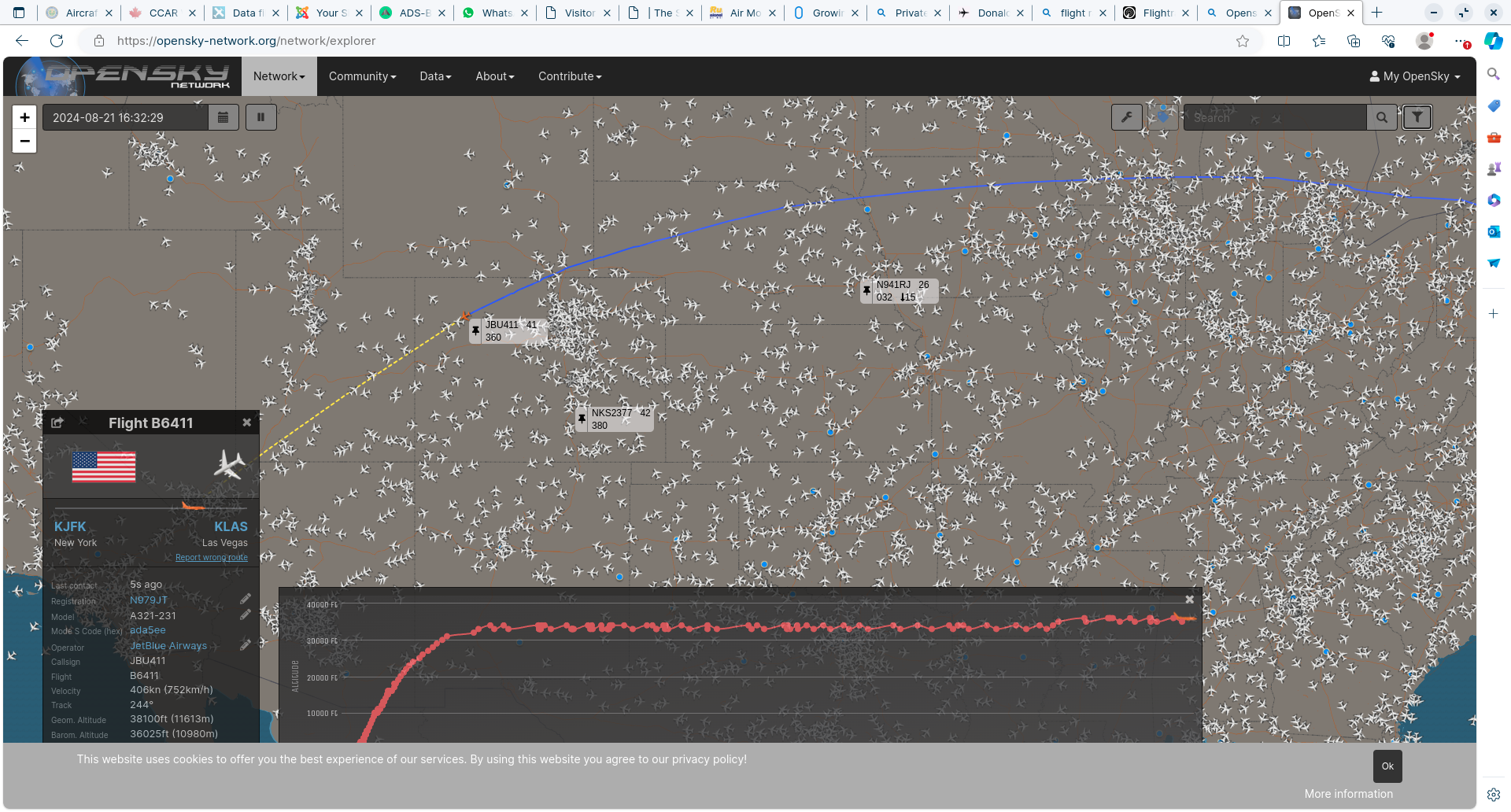Celebrity and other trackers
Celebrity trackers.
There are a number of Celebrity Aircraft Tracking sites, both on the web and the deep web and there are probably sites on the dark web. I would like to start by saying that personally feel that tracking a specific individual is wrong, but I understand that people who have generated an almost cult like personal following don’t really have a right to complain about people following them.
Celebrity tracker users.
Who uses these trackers, probably anyone who is interested in celebrities from their fans – some of whome may have an unhealthy interest, through climate actvists and probably some of these have an unhealthy interest as well, all the way to the generically termed Paparazzi. There are probably many others, who actually have a reason to track a celebrity.
Who is tracked?
The list of people tracked is really long, visiting the tracking sites I mention in this post will give you a view of who is tracked. But you’ll have to do your own research, this will help you build a fuller picture. I would actually go as far as to say that it must be a bit traumatic for some people to find out that they are not tracked, so contrary to what they think – they probably don’t have celebrity status (sarcasm).
What is the problem?
In general the problem cited by celebrities is personal safety and security, something that everyone should look to but celebrities have to look harder and more diligently as they become more high profile they have to increase their personal security. It is part of their way of life, as you cultivate a greater following you need more security – so the simple fact of the matter is that the celebrities themselves created their own problem, if they want “people” to follow their lives. They probably have to accept that it will be the full spectrum of “people” and that will include individuals right across the spectrum.
These celebrities and wealthy individuals are entitled to feel safe and secure, but seem to at some point want both the exposure and the mutally exclusive privacy. The balance can be very difficult, but in some cases there are double standards applied that equate almost to a do as I say not as I do view point from some celebrities. In simple terminology, when using any aircraft not just private ones. People knowingly and willingly broadcast their positional data, anyone who has the correct equipment can receive this information and do what they want with it – whether the celebrity likes it or not!
What is the result?
At the moment, the result is the loss of more digital freedom for the citizens of the USA – but it should be noted that other governments are looking at removing this freedom through legislation. Put simply, any aircraft owners or operators can apply to hide the identity of an aircraft – but this only applies in US controlled airspace and currently for US registered aircraft. However in the future that feature may not just be restricted to the United States, or to United States registered aircraft.
What sites track celebrities?
There are too many to cover in a short post, so as with the previous post I’ll just cover a few just the top hits from a search engine to give an example of whats out there. There are also cross reference links which I’ll mention for the sites below, for any of the sites below – clicking on the image should take you to the site.
Celebrity Private Jet Tracker.
This is a simple to use tracker, allowing the information to be ordered in a number of ways. The focus seems to be around the carbon foot print of the celebrities, there is quite a limited cover of celebrities – but the fact that you can order the presented tables in a number of ways makes the site easy to use and the information easy to find.
A point worth noting is that there are a number of active links dotted around the site to other tracking sites, these I have not investigated. It is also well worth reading the Frequently Asked Questions page provided on the site, as there ia a weallth of information in the questions along with quite a number of links to other sites.
Celebjettrack
I have included this site just to show the variance in the quality of these sites, this site simply displays a map with a small list of celebrities down the left hand side of the screen. It does offer a flight replay function, but in truth it is quite restrictive in the information it provides.
JetSpy
To me this is by far and away the most concerning of the sites, it offers tracking information on literally thousands of individuals, families, corporations, government agencies among a number of other classifications.
The site seems to look at a number of classes of private and corporate aircraft users, but what is most concerning is the reference to many high net worth people and their families – this must be a significant security concern for these people. These are not people who have cultivated a public following, they are people who in general have been successful in business or have inherited significant wealth, these people probably have no reason or desire to be tracked.
The one saving grace that the site has is that it charges a subscription, ranging from $24.95 for a single aircraft to $249.95 for everything so most individuals probably wouldn’t bother – the press may be another matter. Looking at the site does show an extensive Frequently Asked Questions page, where it mentions the LADD programme – stateing that the site does not take the FAA SWIM feed. It also mentions the PIA programme and the obtuse terminology used would lead you to believe that they will be unaffected, this is patently not true – they will be able to display the PIA data but not the correct ID of the aircraft.
So as you can see from this and the previous post, there are a number of sites that offer aircraft, celebrity, wealthy people, goverment agency tracking services. The sites in this post just scratch the surface, in the next post I’ll be looking at the celebrity trackers on social media.







